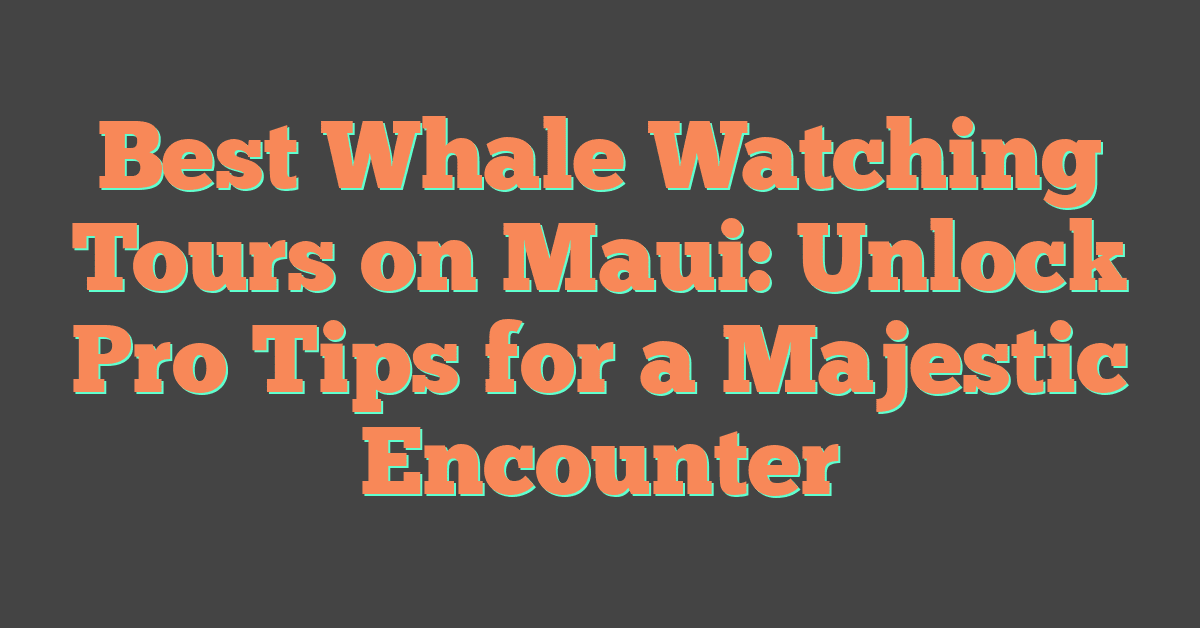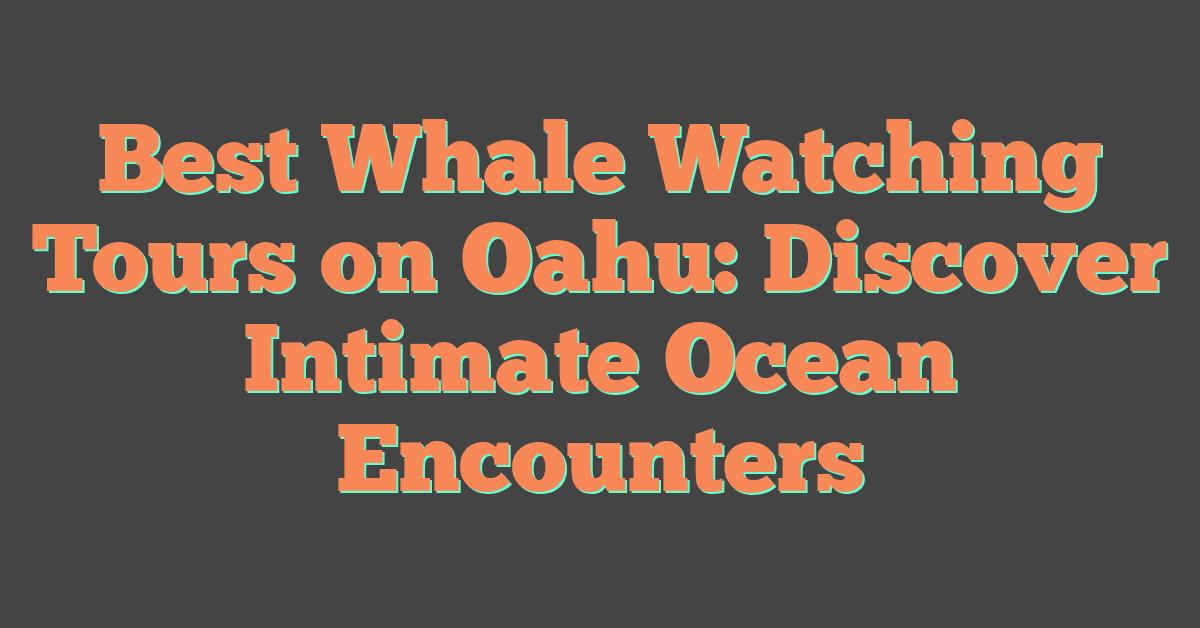Hawaii is famous for its beaches and busy resorts. Beyond the well-known spots, you can find islands and shores that most visitors never see.

These hidden islands offer quiet landscapes, rich culture, and natural beauty far from the crowds. They show a more personal and untouched side of Hawaii.
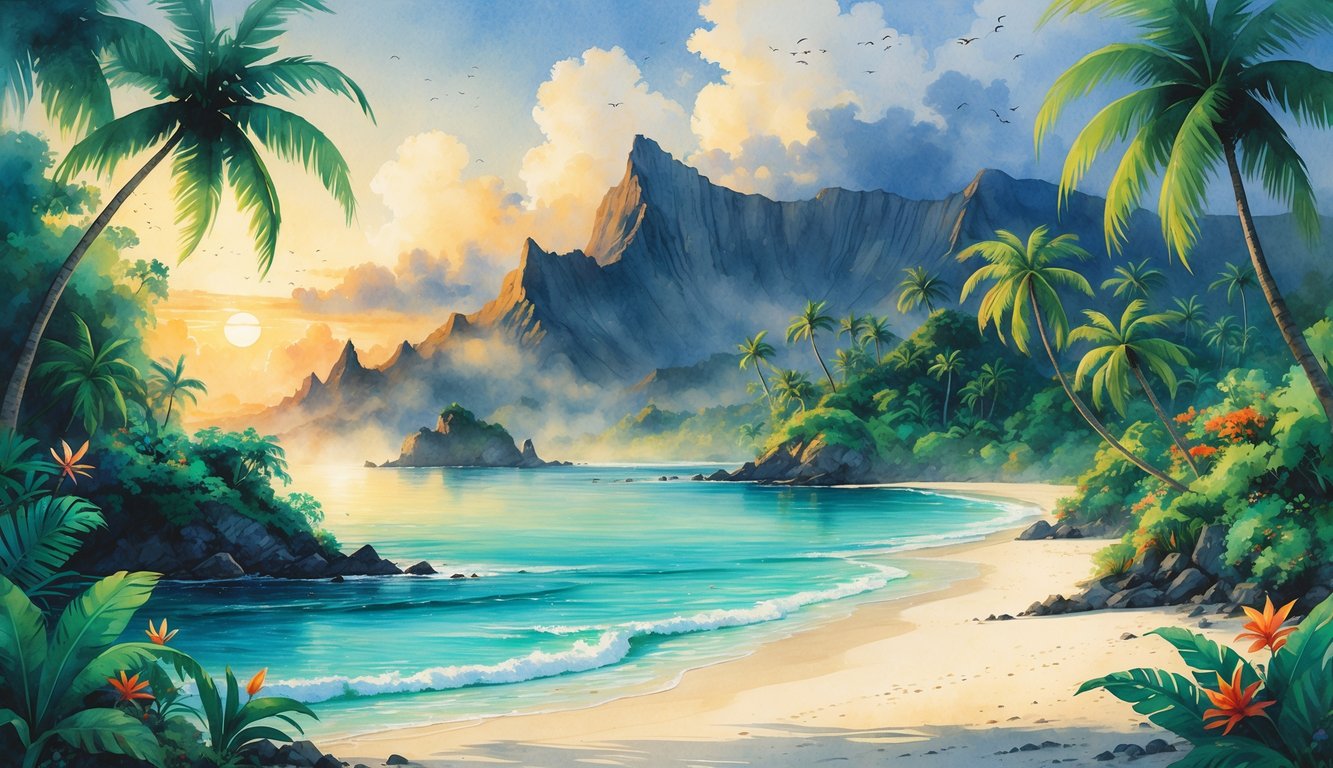
From the remote charm of Niihau to the peaceful trails of Molokai, each place has its own story. Small communities keep traditions alive on some islands, while others remain wild.
These places invite slower travel and a deeper connection to the land. Even on popular islands like Oahu, you can find secret beaches and valleys that most visitors miss.
Exploring these spots reveals a Hawaii shaped by nature and history, not just tourism. Each place offers a new way to experience the islands.
Discovering Hawaii’s Most Hidden Islands
Some Hawaiian islands stay little known because they are remote, privately owned, or have strict access rules. Travelers need to plan ahead to visit these places, which feel much quieter than the main tourist spots.
What Makes an Island Hidden in Hawaii
An island is hidden if few people visit because of its location, ownership, or restricted access. For example, Niihau is privately owned and allows entry only by invitation or on approved tours.
Some islands sit far from major travel routes, so you need a charter boat or small plane to reach them. Others, like parts of Molokai, have few hotels and little infrastructure, which keeps visitor numbers low.
Local communities sometimes limit tourism to protect traditions, sacred sites, and fragile ecosystems. This helps travelers experience authentic Hawaiian life without large crowds.
How to Reach These Secret Spots
Travelers often need to plan ahead and sometimes get special permission to visit hidden Hawaiian islands. Guided tours from Kauai can take you to Niihau.
People reach some islands only by small boats or inter-island flights. Charter services can bring visitors to places like uninhabited Kahoʻolawe, but access there is restricted for cultural and environmental reasons.
Some remote areas on larger islands, such as Molokai’s valleys, require hiking or off-road vehicles. Always check local regulations, as some trails or beaches may close to protect wildlife or prevent erosion.
Best Times to Visit Off-the-Radar Islands
The best time to visit depends on weather, sea conditions, and cultural events. For calmer seas, late spring (April–May) and early fall (September–October) are ideal for boat travel to remote islands.
Some islands close during certain seasons to protect nesting birds or marine life. Always confirm access dates before booking.
Visiting during local festivals can offer a richer experience, but accommodations may be limited. Planning early is important, especially in places with few lodging options.
Secret Shores of Oahu: Beyond the Crowds
Oahu has peaceful stretches of coast and quiet spots where you can enjoy calm waters, soft sand, and scenic views. Many of these places sit close to famous landmarks but stay peaceful thanks to limited access or less publicity.
Untouched Beaches on the North Shore
The North Shore is famous for big wave surfing in winter. In summer, it has calm, lesser-known beaches.
Kawela Bay, hidden behind a small forest, offers clear water and shade from ironwood trees. Turtle Bay’s public beach is another spot for swimming and snorkeling, with gentle waves most of the year.
If you want more seclusion, Chun’s Reef has sandy stretches between rocky points. Surfers use it in winter, but summer brings calmer surf for wading and walks.
Bring your own food and water, as facilities are limited.
Hidden Gems Near Honolulu and Waikiki
Even near busy Honolulu and Waikiki, some spots remain quiet. Kaimana Beach at the edge of Waikiki has a small sandy cove with calm water and fewer people than the main strip.
Ala Moana Beach Park is popular with locals and offers space to relax, especially on weekdays. Its protected lagoon is good for swimming, and the grassy areas are great for picnics.
For a quick escape, you can visit Oahu’s secret shores like Sans Souci Beach. Located near the Waikiki Aquarium, it has shallow water and a slower pace than central Waikiki Beach.
Exploring Diamond Head and Hanauma Bay’s Quiet Corners
Diamond Head is best known for its crater hike, but the coastline below has small coves. Diamond Head Beach Park sits at the base and offers tide pools, reef views, and fewer swimmers.
Hanauma Bay is famous for snorkeling. If you arrive early, you can enjoy calm water before tour groups arrive.
The far right side of the bay often has fewer people and many fish near the reef. You can also explore ridge trails above Hanauma Bay for wide ocean views without the crowds.
The Unseen Sides of Maui, Kauai, and Lanai
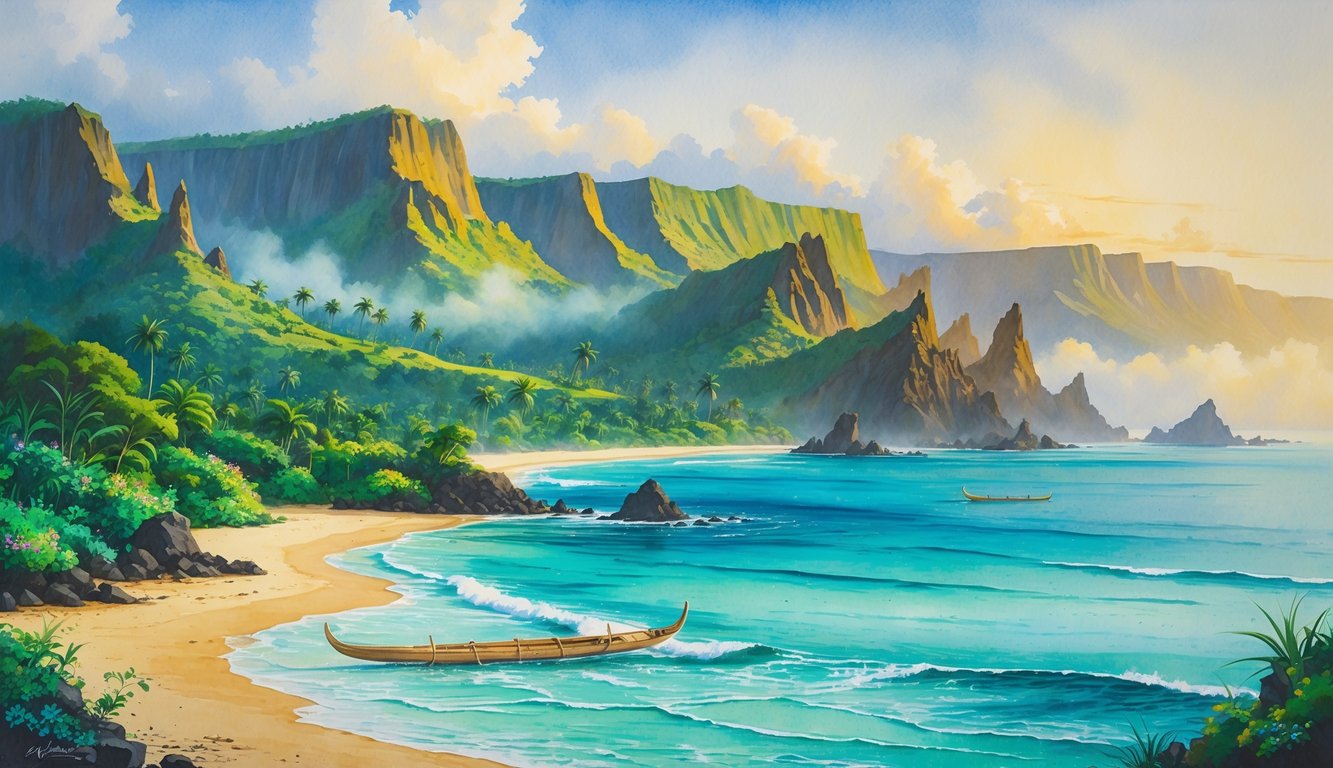
Each island has its own landscapes, small communities, and quiet areas away from the busiest tourist spots. You can find valleys with few roads, empty beaches, and historic towns where life moves slowly.
Maui’s Lesser-Known Valleys and Coastlines
Maui, also called the Valley Isle, is known for Lahaina and the Road to Hana. Much of its coastline, though, remains lightly visited.
The rugged north shore near Kahakuloa has narrow roads, green cliffs, and small roadside stands. Maui’s lesser-known valleys have taro patches and hiking trails with ocean views.
Some trails in the West Maui Mountains overlook waterfalls tucked into steep ridges. The southern coast past Makena offers black lava fields and quiet coves, perfect for walks, photos, and tide pool exploration.
Tip: Bring water and sturdy shoes since these remote areas have few facilities.
Kauai’s Remote Wonders: From Hanalei to Waimea Canyon
Kauai, the Garden Isle, is the least developed of Hawaii’s main islands. Hanalei has a pier, art galleries, and taro farms with emerald mountains behind them.
It’s a good base for exploring nearby beaches, which are calmer in summer. To the west, Waimea Canyon stretches for miles with red and green cliffs.
You can stop at roadside lookouts or hike into the canyon for closer views. Kokee State Park nearby has cooler temperatures and native forest trails.
Poipu Beach on the south shore offers sunny weather and shallow swimming areas. Early mornings are quieter and often bring resting monk seals to the beach.
Lanai’s Tranquil Escapes
Lanai is the smallest inhabited island open to visitors. It has no traffic lights and only one main town, Lanai City.
Streets have small shops and a central park where locals gather. The coastline includes Shipwreck Beach, known for a rusting WWII-era vessel offshore.
The beach is windy and not good for swimming, but it’s great for photography and shell collecting. On the south shore, Hulopoe Beach has clear water and tide pools.
Sometimes spinner dolphins visit in the mornings. For more rugged scenery, you can take a 4×4 to the Garden of the Gods, a dry, rocky area with views toward Molokai and Maui.
Big Island’s Hidden Natural Marvels
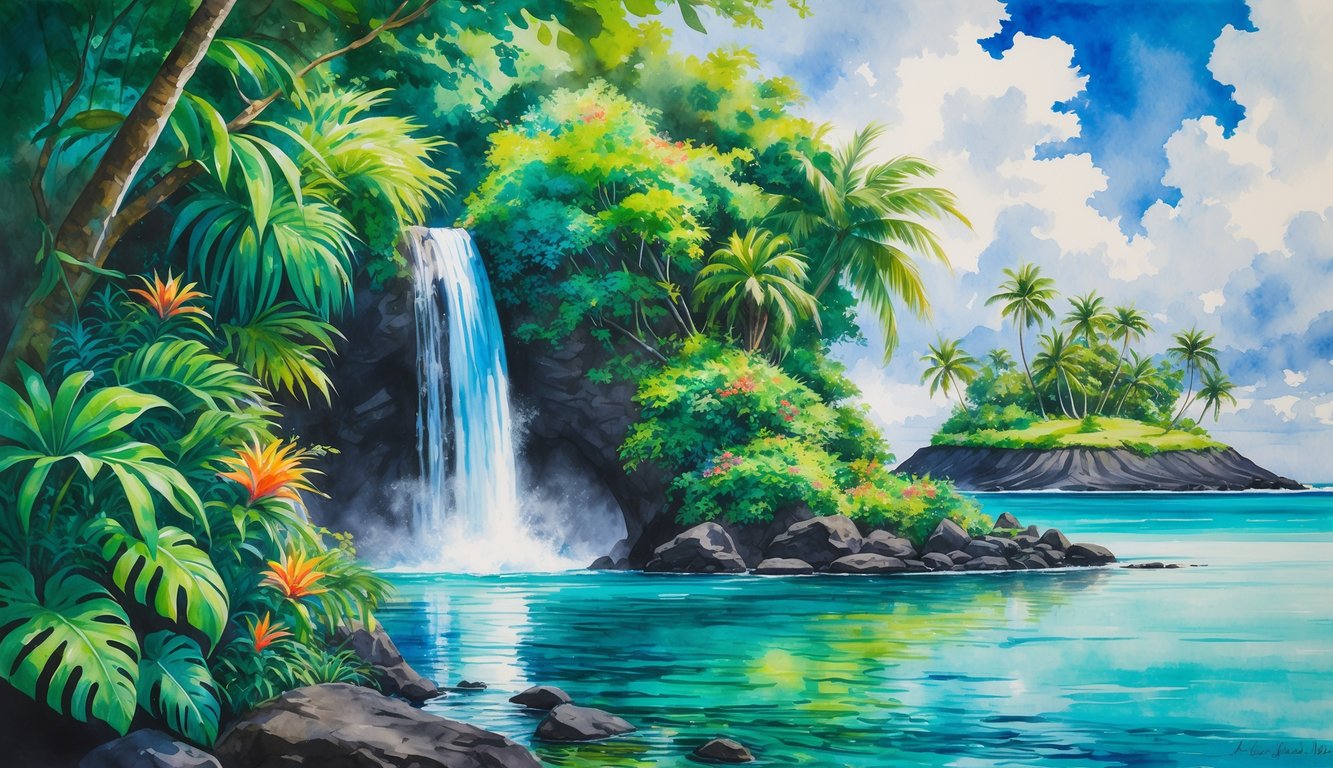
The Big Island has quiet beaches, volcanic terrain shaped by eruptions, and rare wildlife in protected areas. You can find peaceful coastal spots, see endangered species, and explore volcanic landscapes that continue to change the island.
Secret Beaches and Volcanic Landscapes
You can reach some of the Big Island’s most secluded beaches only by hiking trails or unpaved roads. Makalawena Beach, for example, requires a short walk over lava rock but rewards you with soft white sand and clear water.
The island’s volcanic history is visible everywhere. Black sand beaches like Punaluʻu formed when hot lava met the ocean.
These areas are also important nesting sites for green sea turtles. Lava fields stretch for miles, showing past eruptions.
You can walk across cooled flows and watch plants slowly reclaim the land. Hawaii Volcanoes National Park protects these landscapes and lets you safely explore active and dormant volcanic areas.
Wildlife Encounters: Hawaiian Monk Seals and More
The Hawaiian monk seal is one of the world’s rarest marine mammals. Sometimes, you can spot them resting on remote Big Island beaches.
Always keep a respectful distance. Spinner dolphins often swim along the Kona coast, and humpback whales visit in winter.
Birdwatchers can find native species in forest reserves and along coastal cliffs. Tide pools on the island’s western shores host colorful fish, crabs, and sea urchins.
Snorkeling spots like Kahaluu Beach Park let you see coral reefs and reef fish up close. Be careful not to step on coral to protect these fragile habitats.
Exploring Kona and Hawaii Volcanoes National Park
Kona boasts sunny weather, coffee farms, and calm waters perfect for snorkeling and diving. The town features historic sites like Huliheʻe Palace.
You can explore Hawaii Volcanoes National Park for a different adventure. Trails lead you to steam vents, sulfur banks, and the rim of Kīlauea, one of the world’s most active volcanoes.
Drive along the park’s Chain of Craters Road to see lava fields and dramatic sea cliffs. At night, you can enjoy stargazing thanks to low light pollution and a clear view of the Milky Way.



